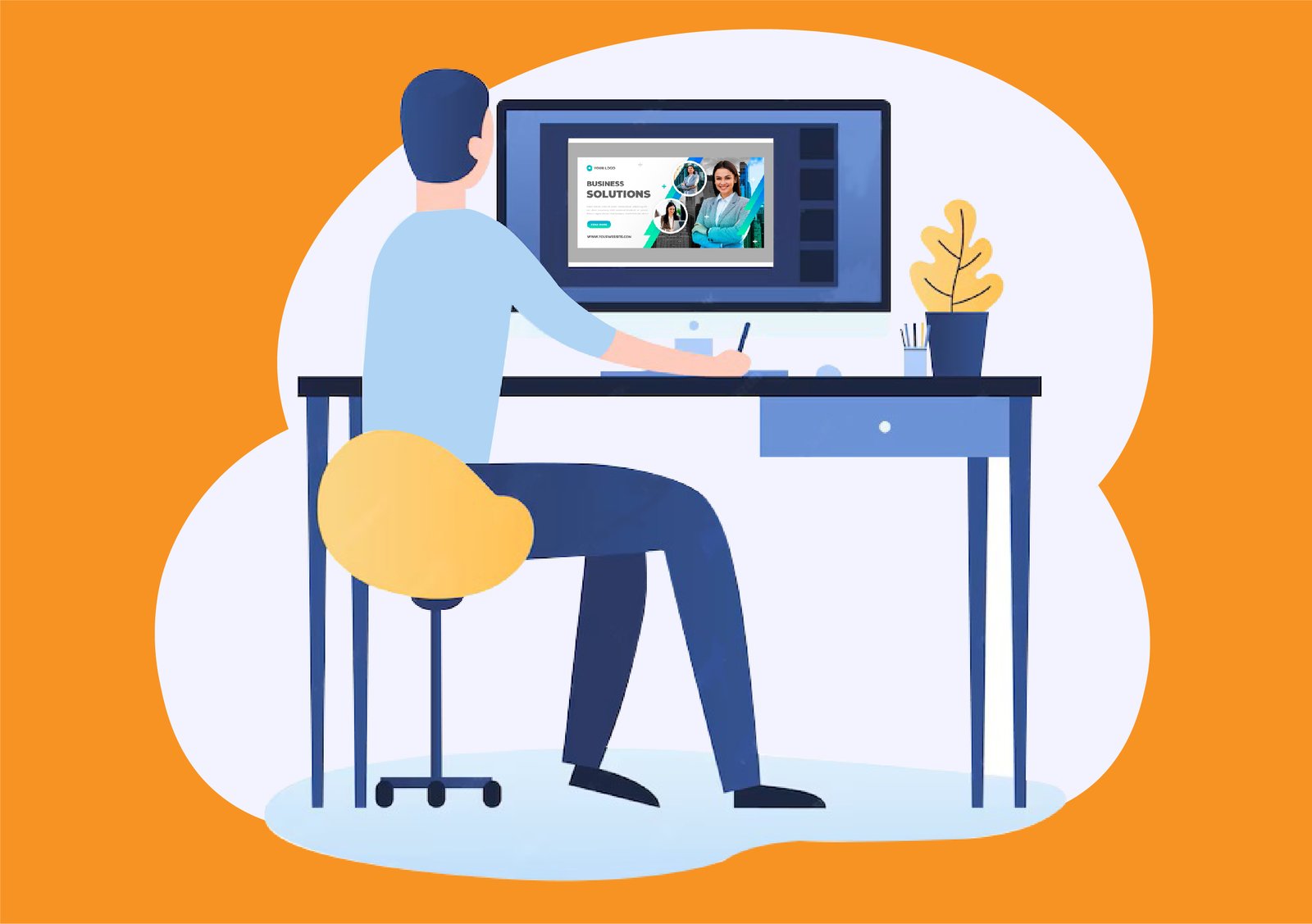In the competitive world of design, creating a portfolio that stands out is crucial to securing Find Banner Design Jobs. Whether you're an experienced designer or just starting, a well-crafted portfolio showcases your skills, creativity, and versatility. This guide will help you create a portfolio that not only highlights your best work but also attracts potential employers on platforms like Paperub. Let's dive into the steps to build a winning portfolio for banner design jobs.
1. Understand Your Audience
Before you start assembling your portfolio, it’s essential to understand who your audience is. Ask yourself:
- Who will be viewing this portfolio?
- What kind of banner design jobs are you targeting?
- What are the key skills and experiences these employers are looking for?
By answering these questions, you can tailor your portfolio to meet the expectations of your potential employers.
2. Curate Your Best Work
Your portfolio should be a carefully curated collection of your best work. Quality trumps quantity, so choose projects that demonstrate your strongest skills and the range of your abilities. When selecting pieces, consider the following:
- Relevance: Include designs that are relevant to the type of banner design jobs you are targeting. For instance, if you're aiming for digital marketing banners, showcase examples in this category.
- Diversity: Show a variety of styles and techniques. This demonstrates your versatility and ability to adapt to different client needs.
- Recency: Preferably, your portfolio should feature recent work. This shows potential employers that your skills are up-to-date with current trends.
3. Highlight Key Projects
For each project in your portfolio, provide a detailed case study. This should include:
- Project Brief: A short description of the project and the client’s requirements.
- Your Role: Clearly state your role and contributions to the project.
- Process: Outline your design process, including initial sketches, brainstorming, and revisions.
- Final Outcome: Present the final design, preferably in a real-world context (e.g., as it appears on a website or social media).
This approach not only shows off your design skills but also demonstrates your problem-solving abilities and attention to detail.
4. Use High-Quality Images
Visual quality is paramount in a design portfolio. Ensure all images are high-resolution and well-lit. Avoid low-quality screenshots or photographs that can detract from the overall professionalism of your portfolio. Tools like Adobe Photoshop or Lightroom can help enhance the quality of your images.
5. Incorporate a Personal Touch
Your portfolio should reflect your unique style and personality. Consider the following:
- Introduction Section: Start with a brief introduction about yourself, your background, and your design philosophy.
- Personal Branding: Incorporate elements of your personal brand, such as a consistent color scheme, typography, and logo, throughout your portfolio.
- Narrative: Add a narrative element to your portfolio, guiding the viewer through your work and explaining your journey as a designer.
6. Make It Accessible Online
In today’s digital age, having an online portfolio is essential. Platforms like Paperub provide an excellent avenue for showcasing your work and connecting with potential clients. Here’s how to make your online portfolio stand out:
- User-Friendly Design: Ensure your portfolio is easy to navigate. Use a clean, responsive design that works well on all devices.
- SEO Optimization: Optimize your portfolio for search engines using relevant keywords such as “Find Banner Design Jobs” and “Paperub”. This increases your visibility and chances of being discovered by potential employers.
- Interactive Elements: Incorporate interactive elements like clickable banners, animations, or videos to engage visitors and showcase your skills.
7. Get Feedback
Before finalizing your portfolio, seek feedback from peers, mentors, or industry professionals. Constructive criticism can provide valuable insights and help you identify any areas that need improvement. Be open to suggestions and ready to make necessary adjustments.
8. Keep It Updated
Your portfolio should be a living document that evolves with your career. Regularly update it with new projects, skills, and experiences. This not only keeps it fresh but also demonstrates your growth and commitment to staying current in the industry.
9. Leverage Social Proof
Including testimonials or case studies from previous clients can add credibility to your portfolio. If you have worked with notable clients or on high-profile projects, highlight these to impress potential employers. Social proof can significantly enhance the trust and appeal of your portfolio.
10. Promote Your Portfolio
Once your portfolio is ready, it’s time to promote it. Here are a few strategies to consider:
- Networking: Share your portfolio with your professional network through platforms like LinkedIn.
- Social Media: Utilize social media platforms to showcase your work and drive traffic to your portfolio. Join design communities and participate in relevant discussions.
- Freelance Platforms: Leverage freelance platforms like Paperub to connect with potential clients. Ensure your profile is complete and includes a link to your portfolio.
Conclusion
Creating a winning portfolio for banner design jobs requires a strategic approach. By understanding your audience, curating your best work, and showcasing it effectively, you can make a lasting impression on potential employers. Platforms like Paperub offer excellent opportunities to find banner design jobs and connect with clients. Remember to keep your portfolio updated and actively promote it to maximize your chances of landing your dream job. With dedication and creativity, your portfolio can become a powerful tool in your career advancement.
Trending Articles
World-class articles, delivered weekly.
Django Developers
Java Developers
AWS Developers
Machine Learning Engineers
Data Scrapers
Node.js Developers & Programmers
C++ Programmers & Developers
Xero Developer
C# Developers & Programmers
Georgia, GA Python Developers
NC Python Developers
Mississippi, MS Python Developers
Tennessee, TN Python Developers
Colorado, CO Python Developers
Alabama, AL Python Developers
Alabama, AL Python Developers
Michigan, MI Python Developers
New Jersey, NJ Python Developers
Django Jobs
Web Data Scraping Jobs
Node.js Jobs
C++ Developer Jobs
API Jobs
C# Programming Jobs
TensorFlow Jobs
TensorFlow Jobs
TensorFlow Jobs
Data Analysis and Reporting Ser...
Web Programming & Development Se...
Website Builders & CMS Software Services
Join the Paperub® community

